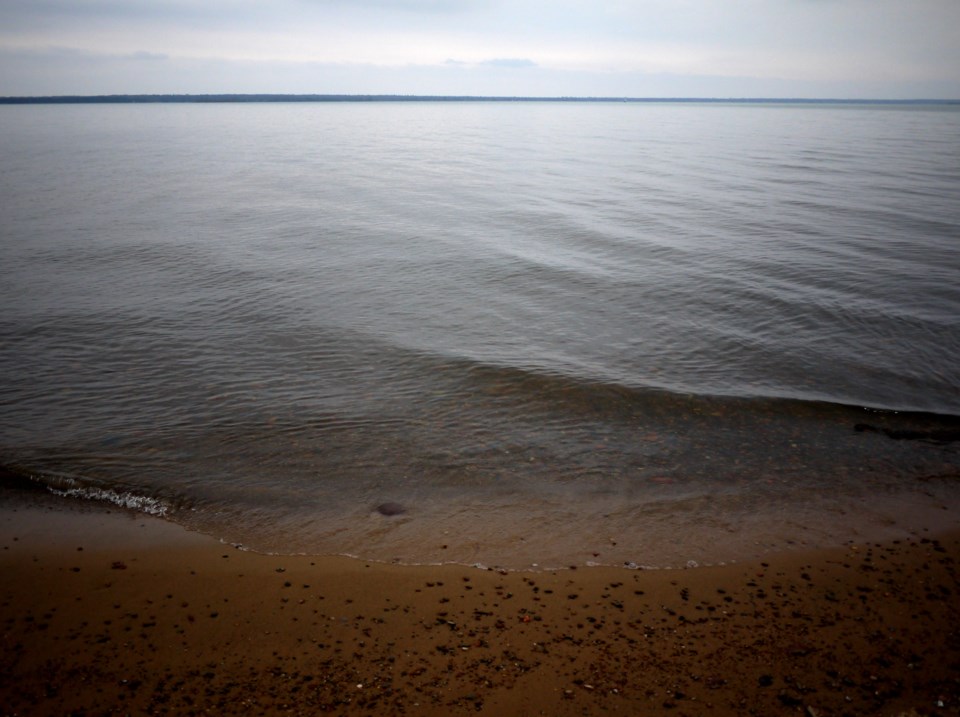NEWS RELEASE
INTERNATIONAL LAKE SUPERIOR BOARD OF CONTROL
*************************
Lake Superior continued its rapid decline in April as continuing high outflows combined with a second straight month of dry conditions in the basin, while more seasonable conditions returned to the Lake Michigan-Huron basin and its seasonal spring rise resumed.
The Lake Superior water level declined by a record 3 cm in April, normally the month that it begins its seasonal rise, and at the beginning of May, Lake Superior is 15 cm above average (1918 – 2017), but 4 cm below the level at this time last year. Lake Michigan-Huron saw wetter weather in April and levels resumed their seasonal rise, increasing 10 cm last month. Lake Michigan-Huron is currently 41 cm above average, 10 cm above last year’s beginning-of-May level and the highest since 1998.
The seasonal water level rise is expected to begin on Lake Superior and continue on Lake Michigan-Huron in May. Despite the recent decline on Lake Superior, the above-average levels coupled with strong winds and waves continue to result in shoreline erosion and coastal damages across the upper Great Lakes system.
Additional shoreline erosion and coastal damages may occur this spring and summer should active weather continue. The board recently obtained approval from the International Joint Commission (IJC) to temporarily deviate from Regulation Plan 2012 from May through November 2018 in a manner similar to that employed in the past three years, which were also marked by high lake levels and outflows.
Over the next several months, the board expects to adjust the gate settings at the Compensating Works and release flows greater than those prescribed by Regulation Plan 2012 in order to offset the effects of reductions in hydropower flows due to maintenance activities that occurred this past winter and that are expected to continue through the summer and fall.
Accordingly, the board, under authority granted to it by the IJC, has set the Lake Superior outflow to 2,290 cubic metres per second (m3 /s) for the month of May, which is 50 m3 /s more than that prescribed by Regulation Plan 2012.
Actual outflows may vary depending on hydrologic and ice conditions, as well as maintenance activities at the hydropower plants on the St. Marys River. The board continues to monitor ice conditions and will increase the gate setting at the Compensating Works as soon as ice conditions permit, possibly as early as next week.
The average St. Marys Rapids flow in May is expected to be approximately 280 m3 /s and the gates are expected to be opened to the equivalent of two gates fully open.
Anglers and other users of the St. Marys Rapids need to be cautious of the changing flows and water levels that will be experienced in the rapids in May.
The board stresses that hydrologic conditions are the primary driver of water level fluctuations. Water levels of the Great Lakes cannot be fully controlled through regulation of outflows, nor can regulation completely eliminate the risk of extreme water levels from occurring during periods of severe weather and water supply conditions.
It is not possible to accurately predict such conditions weeks in advance, but given the current levels of the lakes and the possibility that wet conditions may continue, the board advises all those that may be impacted to prepare for the possibility of high water levels, should they occur this spring, summer and fall.
*************************
